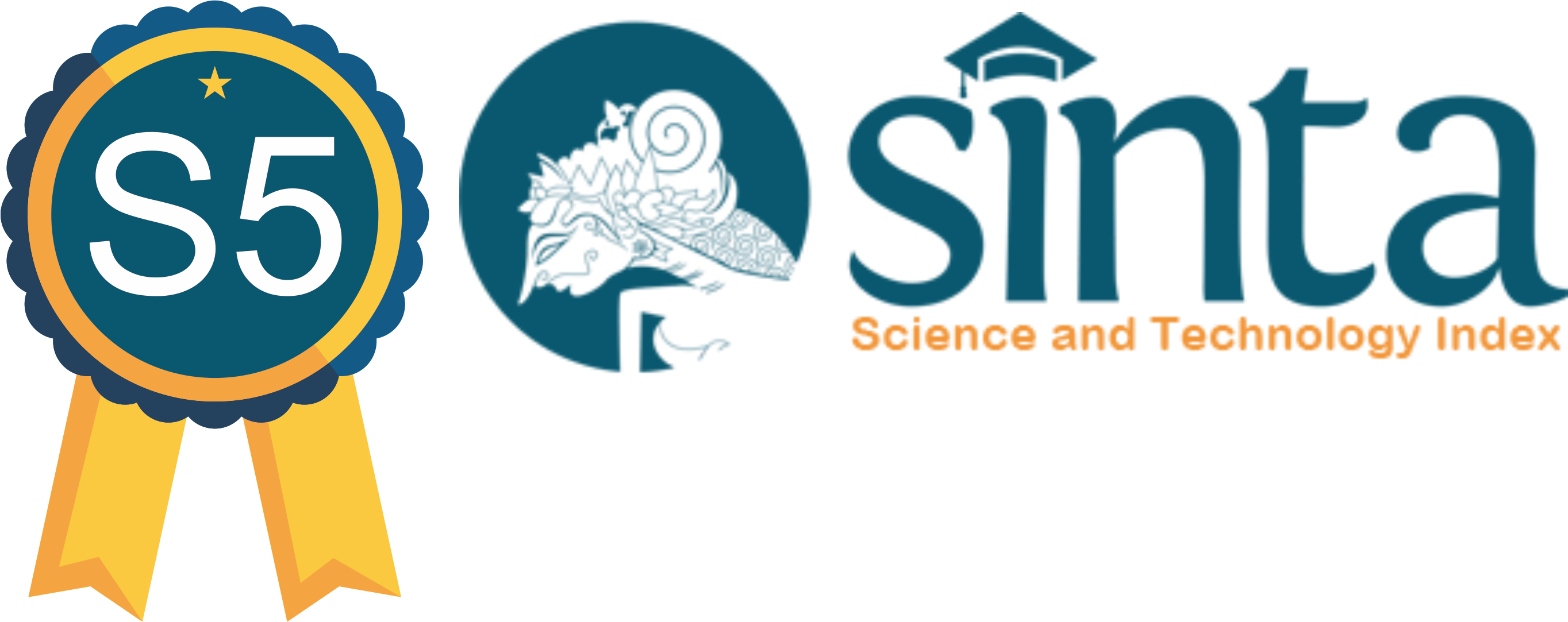Review of Hauteas Meaning and Spirituality on Timorese
Abstract
Humans as spiritual beings certainly have great faith, which is higher in something that is outside of themselves. This belief is what then forms himself and his actions to always direct his life to something higher and bigger. This belief or spirit to always direct is known as spirituality. Spirituality is the individual's belief in a Supreme figure and believes in a bond with his spirit. Hauteas is one of the symbols of spirituality in the village of East T'eba, Biboki Tanpah District, North Central Timor Regency. Hauteas is one of the round-shaped wood which is planted in the ground, at the top of the wood three branches form a triangle. One branch in the middle is longer and the other two are shorter. The long branches are usually pinned to Uis Neno (God). Two short branches are usually pinned to adat and government. The people of Timor are also known as Atoni Pah Meto or as gatherers, which means they like to move from place to place due to war or the danger of disease or being spread by indigenous religions and the natural surroundings that are not friendly to humans. This paper discusses literature related to spirituality and Hauteas meaning on the Timorese people.
Downloads
References
Astaria SR, (2010). Pemenuhan Kebutuhan Spiritual pada Lanjut Usia di Kelurahan Tanjung Gusta Kecamatan Medan Helvetia. Universitas Sumatera Utara.
Auerbach, Carl F. Louise B. Silverstein. (2003). Qualitative data : an introduction to coding and analysis. NEW YORK UNIVERSITY PRESS. New York and London
Boy, Mikhael Valen. (2020). Hauteas Is The Living Tree Of The Dawanese People. Jurnal Teologi dan Filsafat. doi: 10.30822/lumenveritatis.v10i2.471
Braun, V., & Clarke, V.(2006).Using Thematic Analysis In Psychology: Qualitative research in psychologyJournal, 3(2), 77-101. doi:10.1191/1478088706qp063oa
Feist, Jess. Gregory J. Feist.(2010). Teori Kepribadian (Theories of Personality) edisi 7 buku 1. Salemba Humanika: Jakarta
Handayani,Reska. Eci Oktaviani. ( Februari 2018). Hubungan Spiritualitas dengan Depresi Lansia di Panti Sosial Tresna Werdha (Pstw) Sabai Nan Aluih Sicincin. Jurnal Endurance 3(1) (14-24). DOI: http://doi.org/10.22216/jen.v2i3.2219
Hasan. ( Oktober 2009). Action Research: Desain Penelitian Integrative Untuk Mengatasi Permasalahan Masyarakat. Jurnal ekonomi dan bisnis 4 (8)
Koentjaraningrat. (2004). Manusia dan kebudayaan di Indonesia. Djambatan. Jakarta
Neonbasu, G. 2000. Sejarah Raja- Raja Timor. Penerbit Kanisius
Neonbasu, Gregor. (2013). Kebudayaan sebuah agenda dalam bingkai pulau timor dan sekitarnya. Jakarta: PT Gramedia Pustaka Utama.
Randa, Fransiskus, Iwan Triyuwono, Unti Ludigdo & Eko Ganis Sukoharso. (2011, April). Studi Etnografi: Akuntabilitas Spiritual pada Organisasi Gereja Katolik yang Terinkulturasi Budaya Lokal. Jurnal Akuntansi Multiparadigma. 2(1), 35-51
Saib dan Ekawan. (1985). Upacara tradisional yang berkaitan dengan peristiwa alam dan kepercayaan Jambi. Departemen Pendidikan dan Kebudayaan Proyek Inventarisasi dan Dokumentasi Kebudayaan Daerah Jakarta
Sarwono, Sarlito. (2014). Psikologi lintas budaya. Jakarta: PT Raja Grafindo Persada.
Schreurs, Agneta. (2002). Psyhotherapy and Spirituality Integraeting the spiritual dimension into therapeutic practice. London and Philadelpia: Jessica Kingsley Publisher.
Wang, C., Burris, M.A.(1997). Photovoice: Concept, Methodology and Use for Partivipatory Needs Assessment.Health Education & Behavior. 24(3), 171-186. doi:10.1177/109019819702400309
Wang, C.C.(1999). Photovoice: A Participatory Action Research Strategy Applied to Women’s Health. Journal of Women’s Health.8(2), 185-192. doi:10.1177/109019819702400309
Wasesa, Nulat Anggung. & Indriyati Eko Purwaningsih. (2018, November). Spiritualitas dan Kesejahteraan Psikologis pada Abdi Dalem Punokawan Ngayogyakarta Hadiningrat. Jurnal Spirits. 09(1). l 56-66
Copyright (c) 2021 Maria Delsi Abatan, Diana Aipipidely, Indra Yohanes Kiling

This work is licensed under a Creative Commons Attribution-ShareAlike 4.0 International License.
Journal of Health and Behavioral Science (JHBS) is licensed under a Creative Commons Attribution-ShareAlike 4.0 International License. You are free to copy, transform, or redistribute articles for any lawful purpose in any medium, provided you give appropriate credit to the original author(s) and JHBS, link to the license, indicate if changes were made, and redistribute any derivative work under the same license. Copyright on articles is held by the authors. By submitting to JHBS, authors grant any third party the right to use their article to the extent provided by the Creative Commons Attribution-ShareAlike 4.0 International License.

 Maria Delsi Abatan(1)
Maria Delsi Abatan(1)








